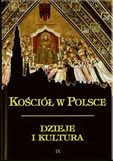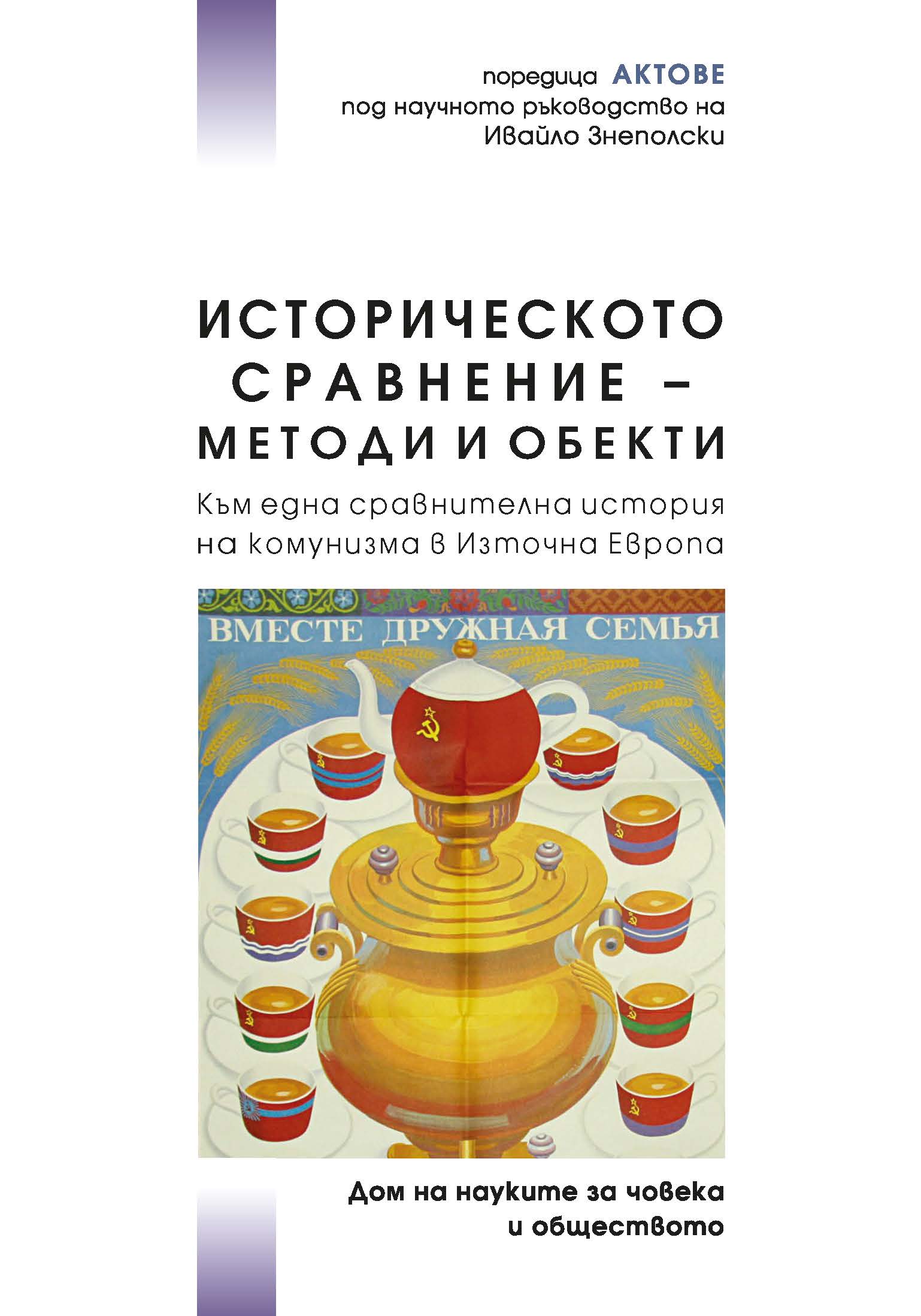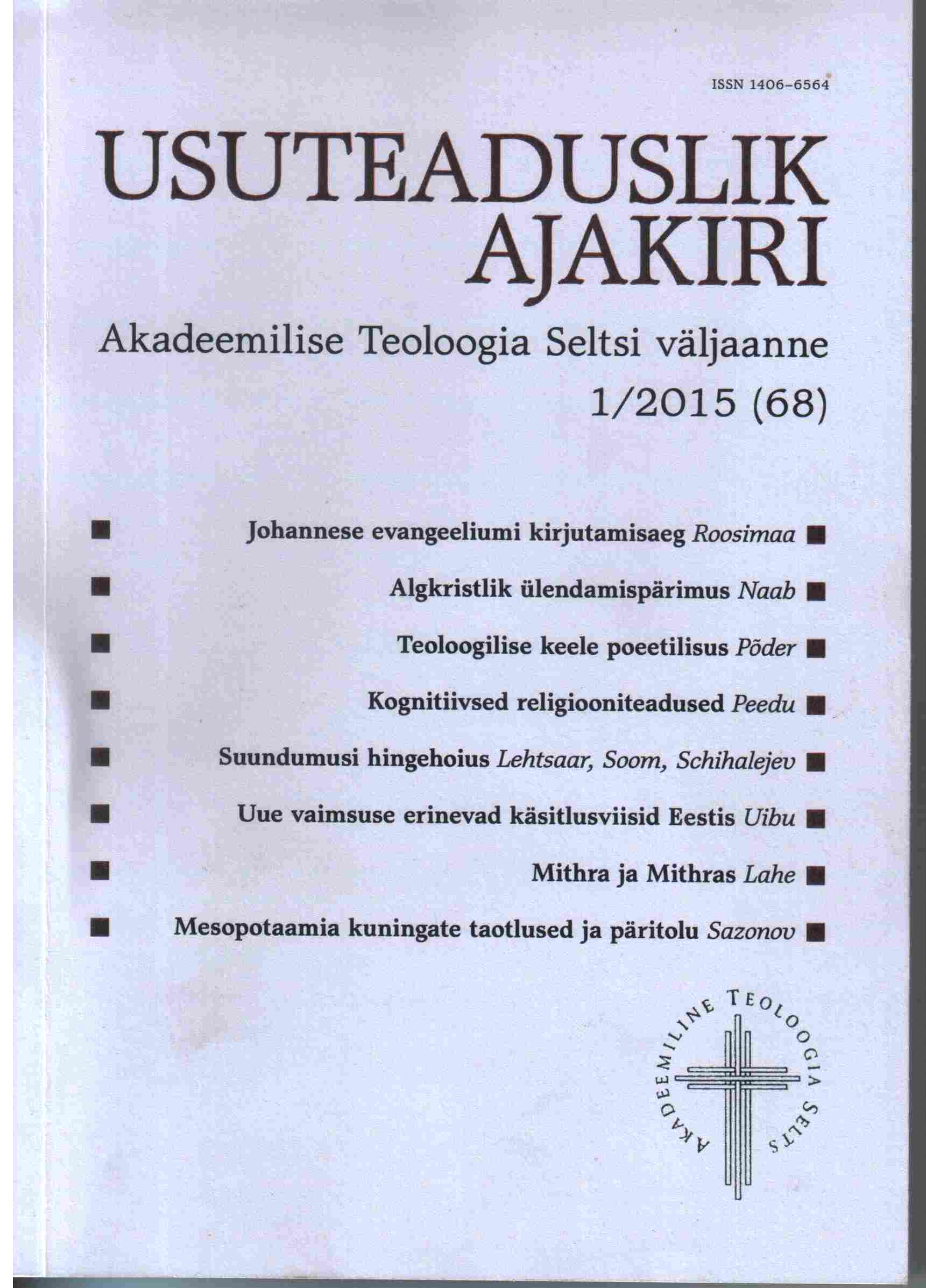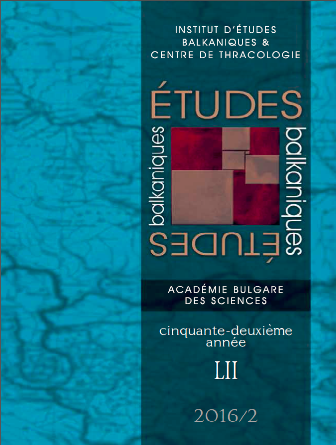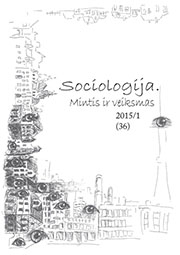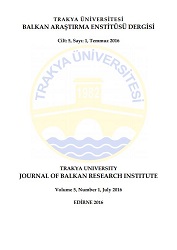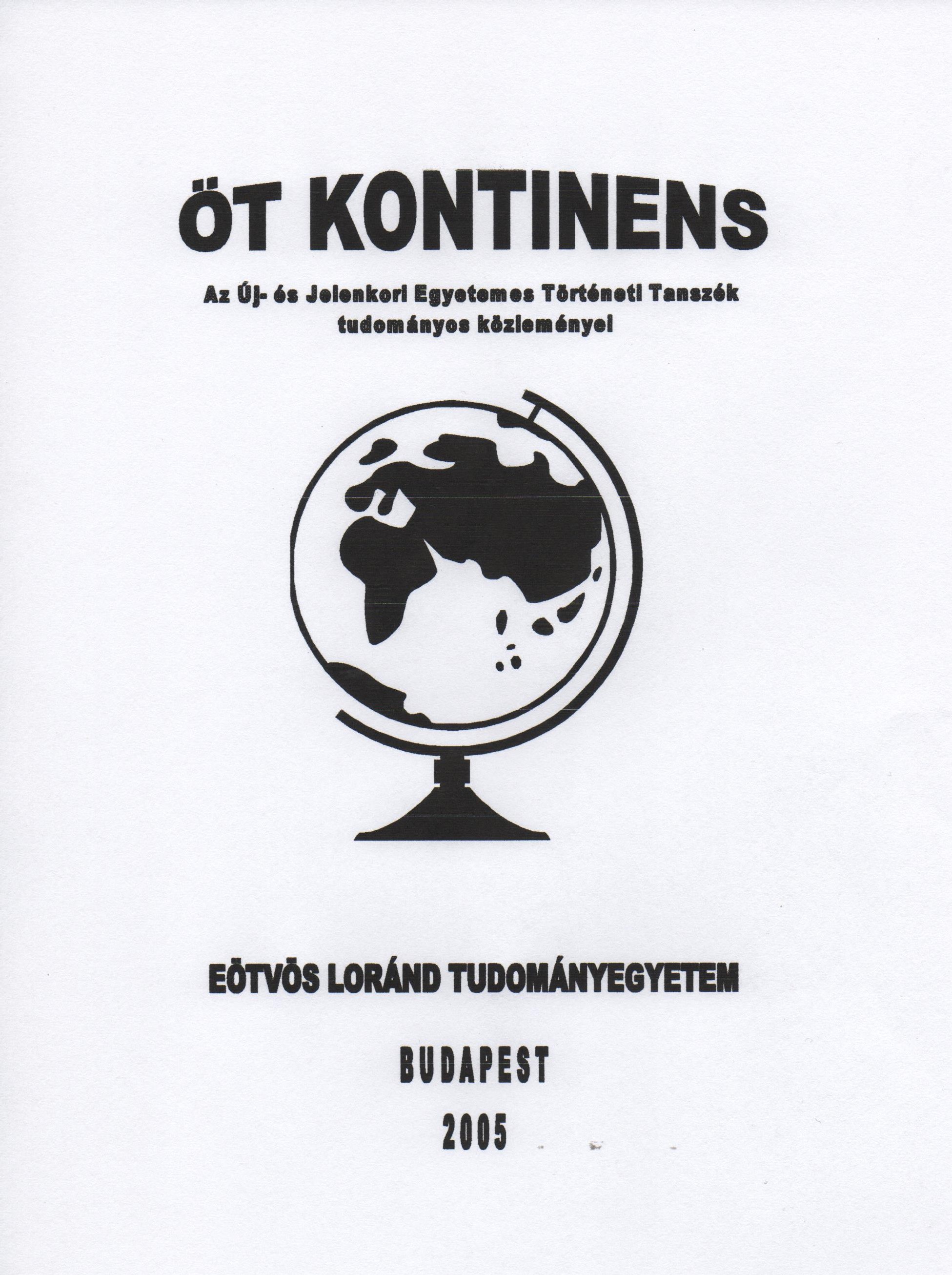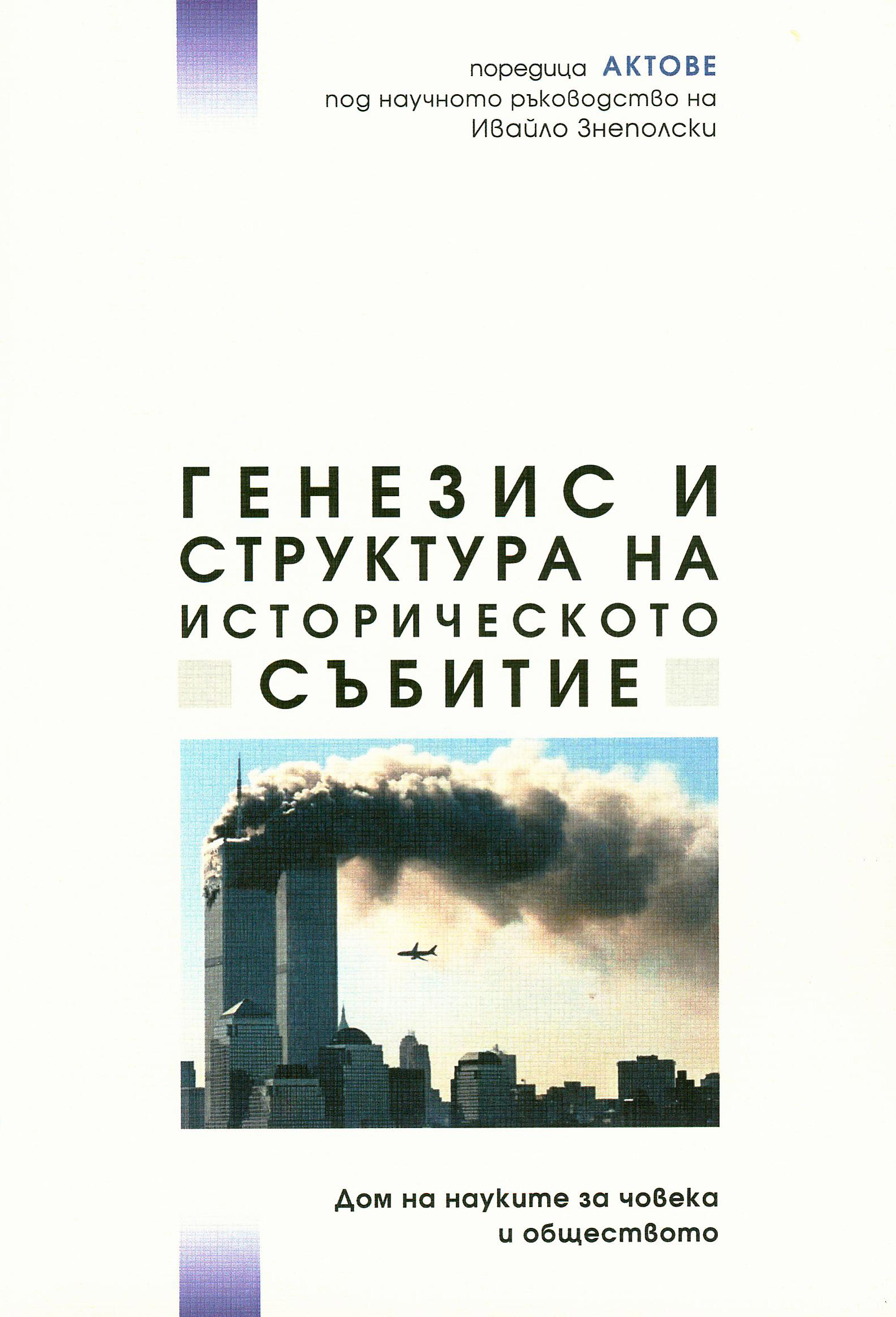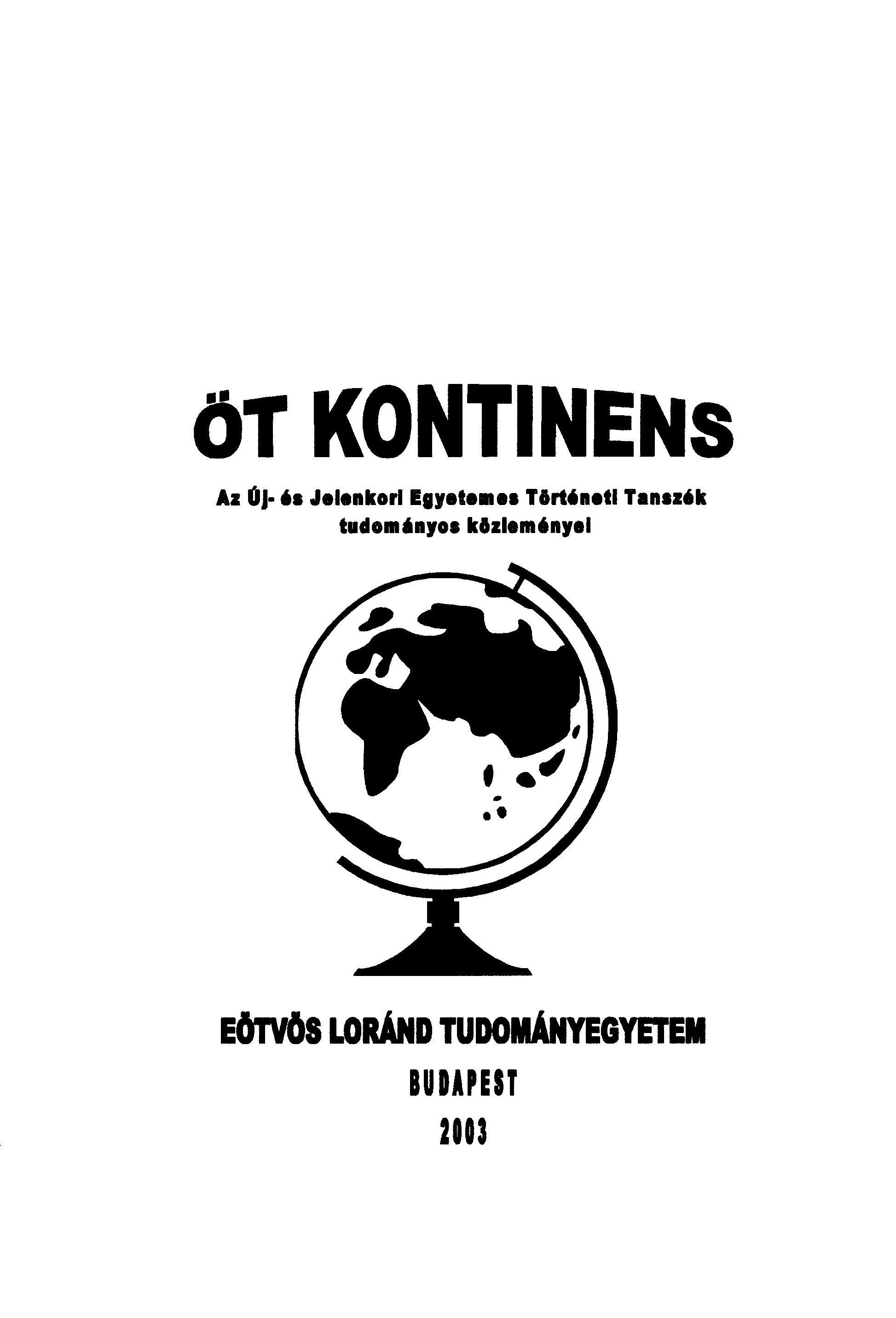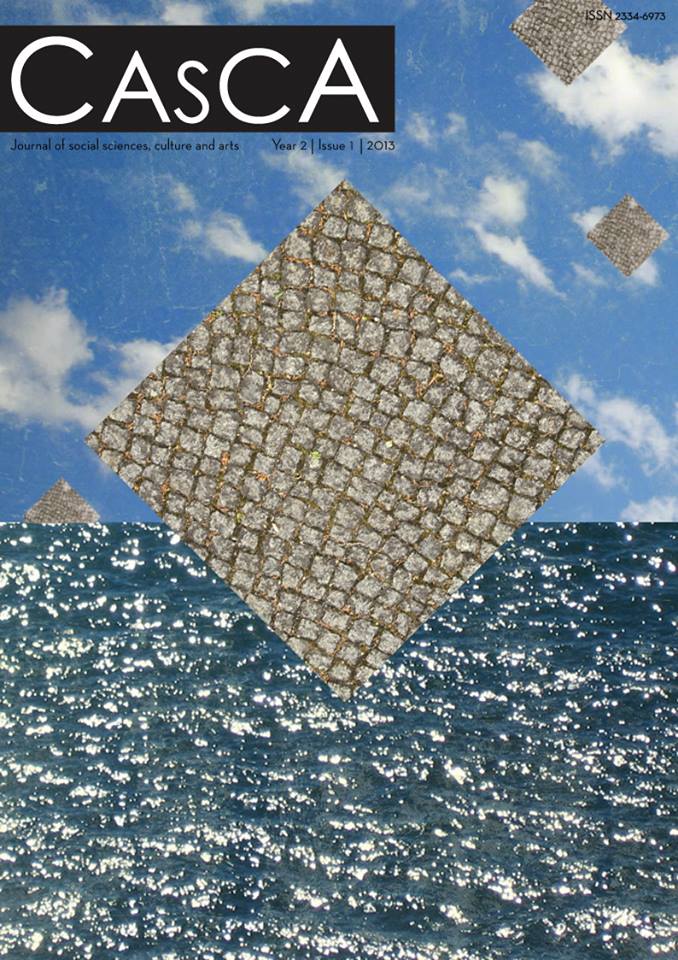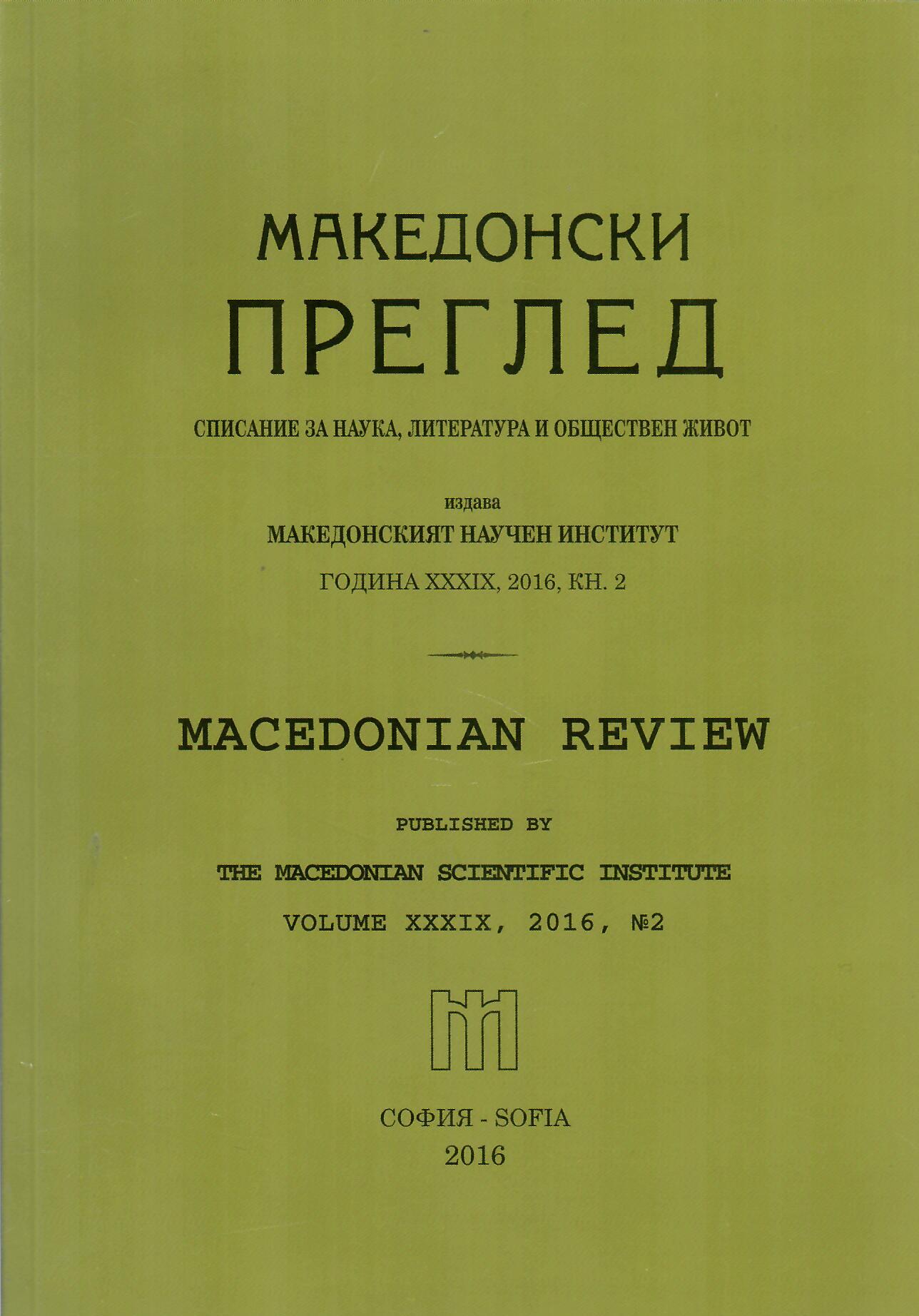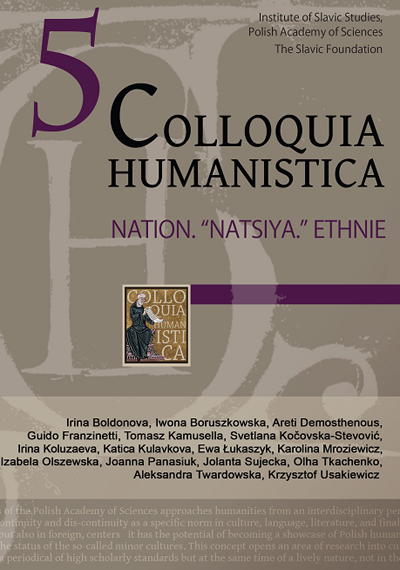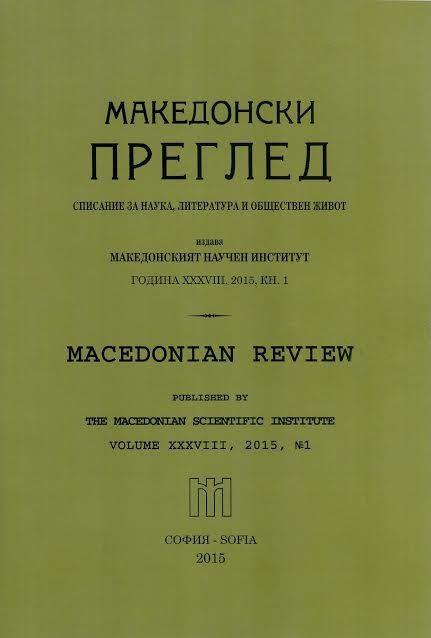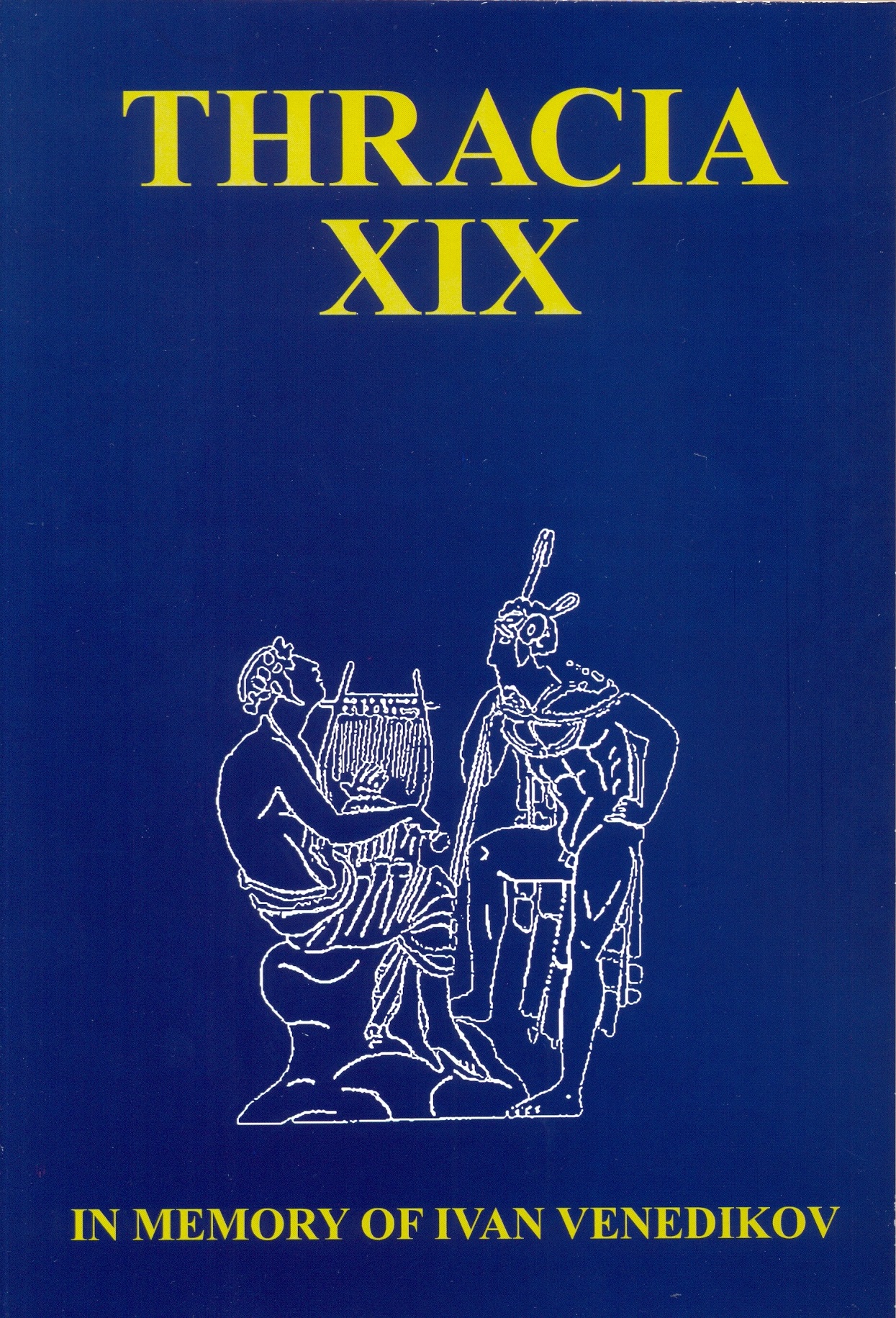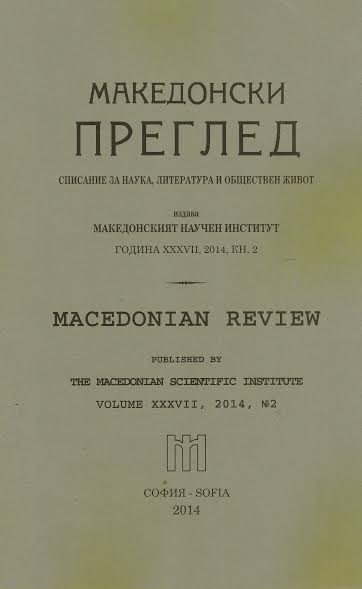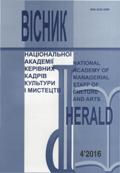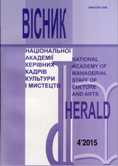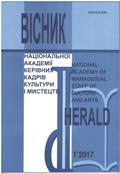Author(s): Bingqiang Liu / Language(s): Ukrainian
Issue: 4/2015
Scientific interest of the domestic art criticism to the national cultures of the East and West seems important be-cause this is the way of creating conditions for further cross-cultural contacts of international community. Cultural integration is a global process, which defines the strengthening of cultural, communicational, and civilizational links between national cultures. The achievements of science and art are distributed and absorbed in the modern world, forming its integrity. The problem of the comparative analyses of the Chinese and European music needs a comprehensive research. During the 6-19th centuries in both geographical areas the bright individual cultural and artistic traditions were formed, but their analysis on the level of aesthetic consciousness of the Renaissance and the Middle Ages epochs, the stereotypes of musical think-ing, the typology of musical genre give an opportunity to see the similarity, classified by us as an isochronism. Thus, the first example of the typological isochronism can be seen in a comparison of the Chinese Tang and Sung Dynasties’ poetry and European musical hymnography. On the basis of the research of analogues we can emphasize the division of the medieval period of cultural worlds under study into two qualitatively different phases, where China is represented by the eras of the Tang and Sung Dynasties (the dominance of the literature, music and painting, respectively), while Europe is represented by Byzantium, Britain and Franco-Germanic area (the flourishing of the musical-poetic hymns creation – the art of the troubadours (trouvère) and minnesingers, respectively). The significance of the separate musical think-ing in hymnography and song sphere inspired the birth of ballad-typed theatrical forms in China and Europe (zhugongdiao – "a story accompanied by the musical instrument", "performances" of the troubadours) as well as Yuan drama in China and liturgical drama in Europe in the 13th century. All these factors prove the isochronism on the level of music genre typology.Thus, the next example of the typological isochronism can be seen in the embodiment of the early romantic expression into the artistic system of South Chinese and European musical theater of the 12-16th centuries. The artistic and aesthetic experience of Kunqu opera (Kunshun) and Yuan drama (Zaju) shows that this cultural phenomenon is a unique one in terms of performance techniques, vocal pronunciation, specific features of orchestral accompaniment’s participation in the performance, use of dance elements, acrobatic stunts. The artistic system of Kunqu included dance elements and comic domestic scenes. This system stuck to the general orientation of the art work for the mythological literary themes which can be viewed as the analogy of European liturgical drama and early opera drama with a definite order of the components. Cantilena expression in its aria (singing with instrumental accompaniment) can be paralleled with a song and aria essence of zhugongdiao ballads. They are compared with the lyricism of liturgical dramas and mysteries in the European culture. It has to be said that vocal performances were identical to the ballads of the troubadours and minnesingers. To our mind Chinese opera Kunqu has the same mixture of serious and funny, sacred and domestic, symbolic and realistic elements, and this feature is typical for European, primarily French liturgical drama and mystery of the 12-15th centuries. Kunqu differs from the magnitude of European mystery by the chamber features of music. It is also similar to the early Italian opera by J. Perry and Giulio Caccini and to such opera-mystery as "Rappresentatione di anima et di corpo" by Emilio de Cavalieri.The third example of the typological isochronism of the cultural worlds under research is the artistic and semantic parallelism of Taiping and Galibaldi hymns. This example shows the specific and similar features of song genres of Chinese and European music of the 19th century. The analysis of the sample hymn, created by the Taipings, has proved the idea of the imitation of aesthetic principles of ancient Chinese poetry and music, combined with the use of modern musical and poetic means of expression. The examples of the Chinese genre of hymn creation of the mid-19th century correlate with European song art of the Biedermeier era and Romantic period. Comparative analysis of the Chinese hymns and European songs as for the implementation of philosophical works and national-patriotic ideas, the system of musical expression (into-nation profile, rhythm, harmony, form creation) shows the similarity of the artistic ideas, which is explained by the synchrony in the development of polar cultural worlds. The mentioned above genres reveal the principle of combining the political and artistic creative activities. They integrate the ideas of a high moral aim achievement, patriotic inspiration, and the rejection of life realities, characterized by the romantic aesthetic features in Chinese and European art music.The artistic integrity of Beijing opera Jingju, as a synthesis of dramatic, timbre and imaginative principles, and its comparison with European opera of the 19th century, is based on the dramaturgy of the contrasts, timbres-positions, subordination to the rhetorical theme. It is the fourth example of the typological isochronism of cultural areas under study. The analysis of the Beijing Opera samples in correlation with synchronous European opera performances lets us make a conclusion that there exists a principle of parallelism, in particular, between their systems of the artistic expression. The vocal dramaturgy of the Beijing opera is realized through the male parts. It shows a variety of registers, but it became famous be-cause of falsetto, extremely affective and declamatory singing, which included the natural wide range male timbre. We’ve correlated this style with verism’s declamatory style of the second half of the 19th century. The comparison of the Beijing Opera performances with European samples has shown that they have similar dramatic and plot lines ("Du Shynyan" – "La Traviata" J. Verdi's, "The challenge of family loyalty" – "Taras Bulba" by M. Lysenko, etc). This fact shows the need of the European art works’ analysis in terms of their determination by the rhetorical theme. It is a typological factor of the musical and intonation dramaturgy of the opera drama, usually ignored by the traditional intonation approach.
More...
